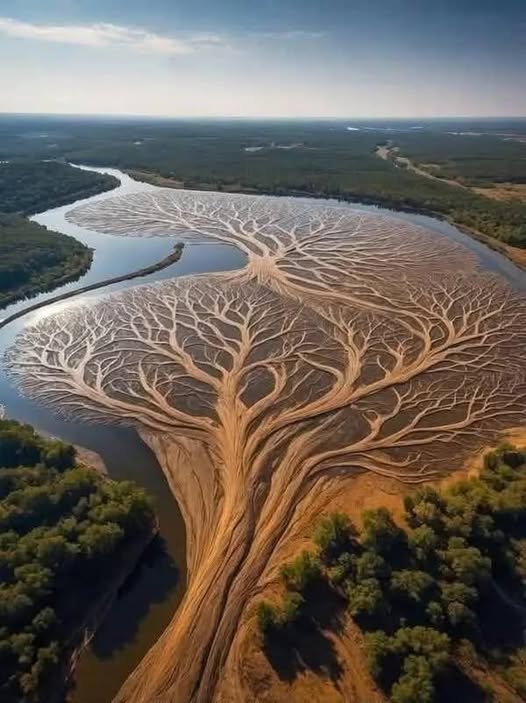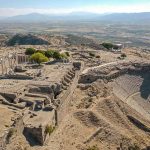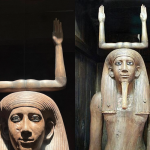When Rivers Grow Like Trees: The Art of Nature’s Deltas
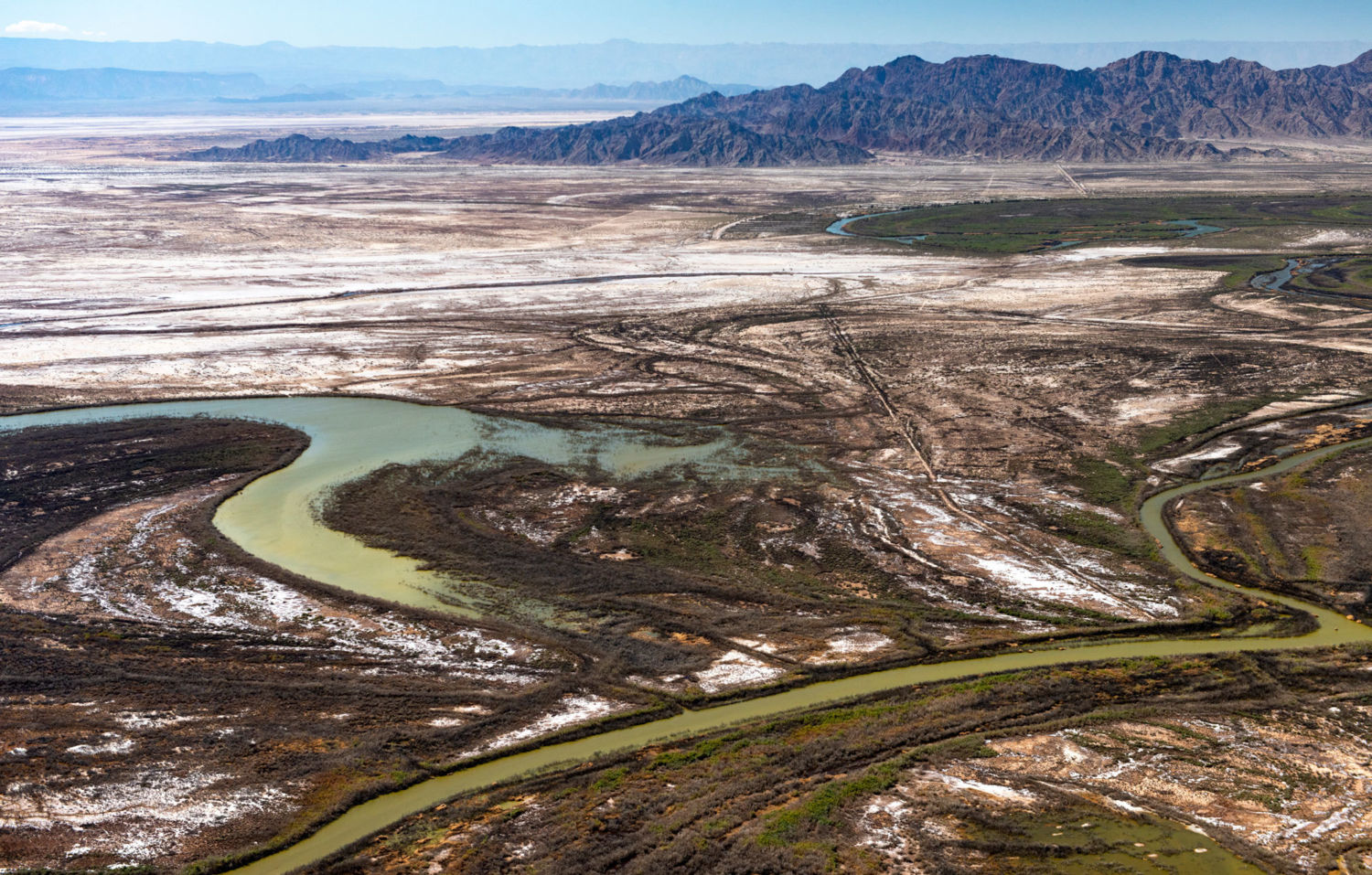
At first glance, this breathtaking formation might look like a massive tree spreading its branches across the Earth. In reality, it is a river delta — a natural masterpiece created by the flow of water over land. This pattern is known as a dendritic formation, a term derived from the Greek word dendron, meaning “tree.” It is one of nature’s recurring motifs, appearing not only in rivers but in the veins of leaves, human circulatory systems, and countless other living structures.
Dendritic river systems develop over time as water flows across the landscape, carving channels, splitting, rejoining, and gradually fanning out. Each stream follows the path of least resistance, creating intricate networks that mirror the geometry of life itself. From the glacial rivers of Iceland to the Mississippi Delta, these branching systems are found across the globe. When observed from above, they reveal a stunning visual symmetry, a kind of living art painted by nature over millennia.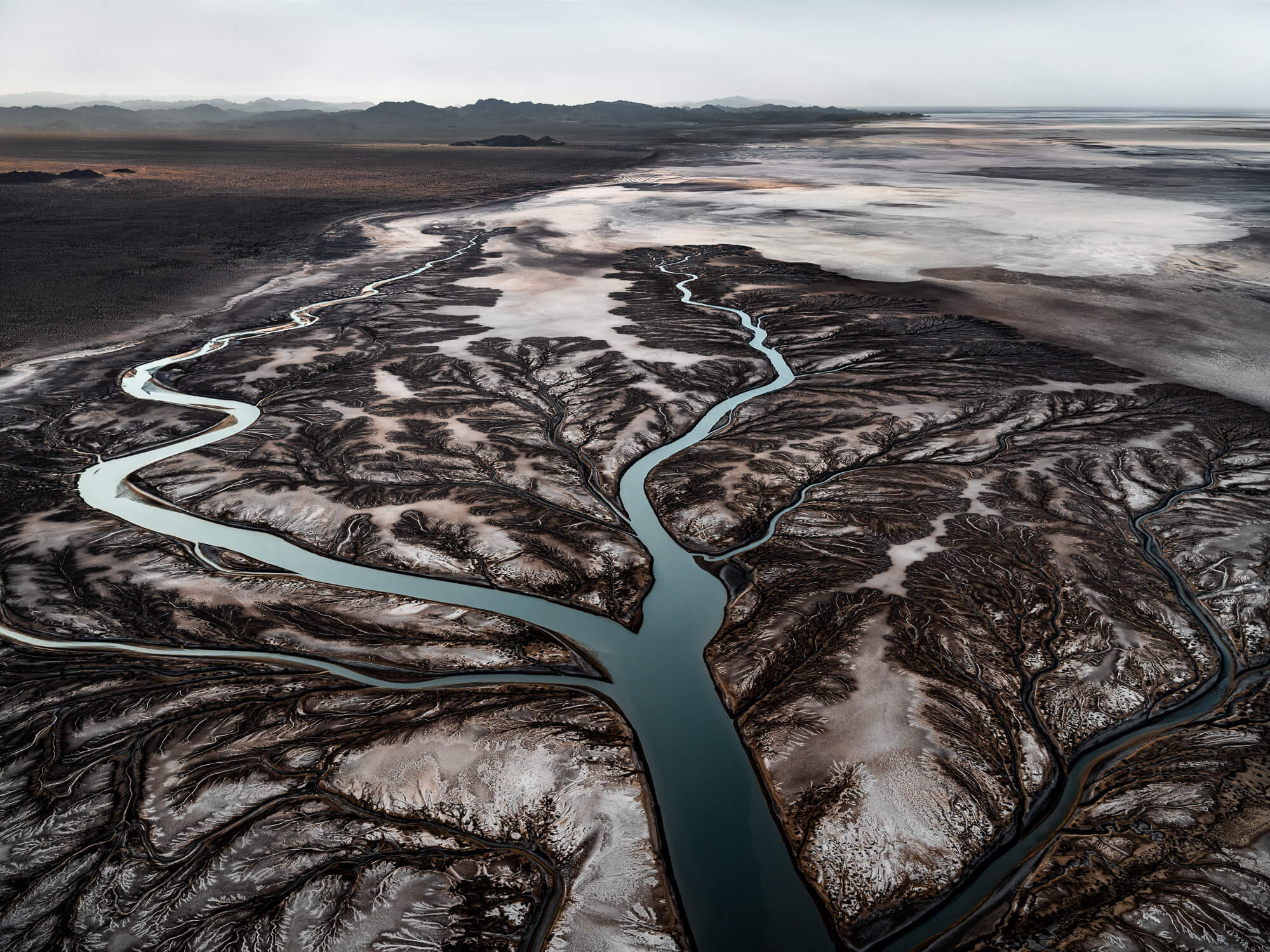
These formations remind us that nature does not just grow trees — it thinks like one. Patterns repeat across scales and systems, demonstrating the interconnectedness of life. A river delta is more than a landscape; it is a testament to the elegance and intelligence of natural processes, showing how simple forces, applied over time, can create beauty and complexity on an extraordinary scale.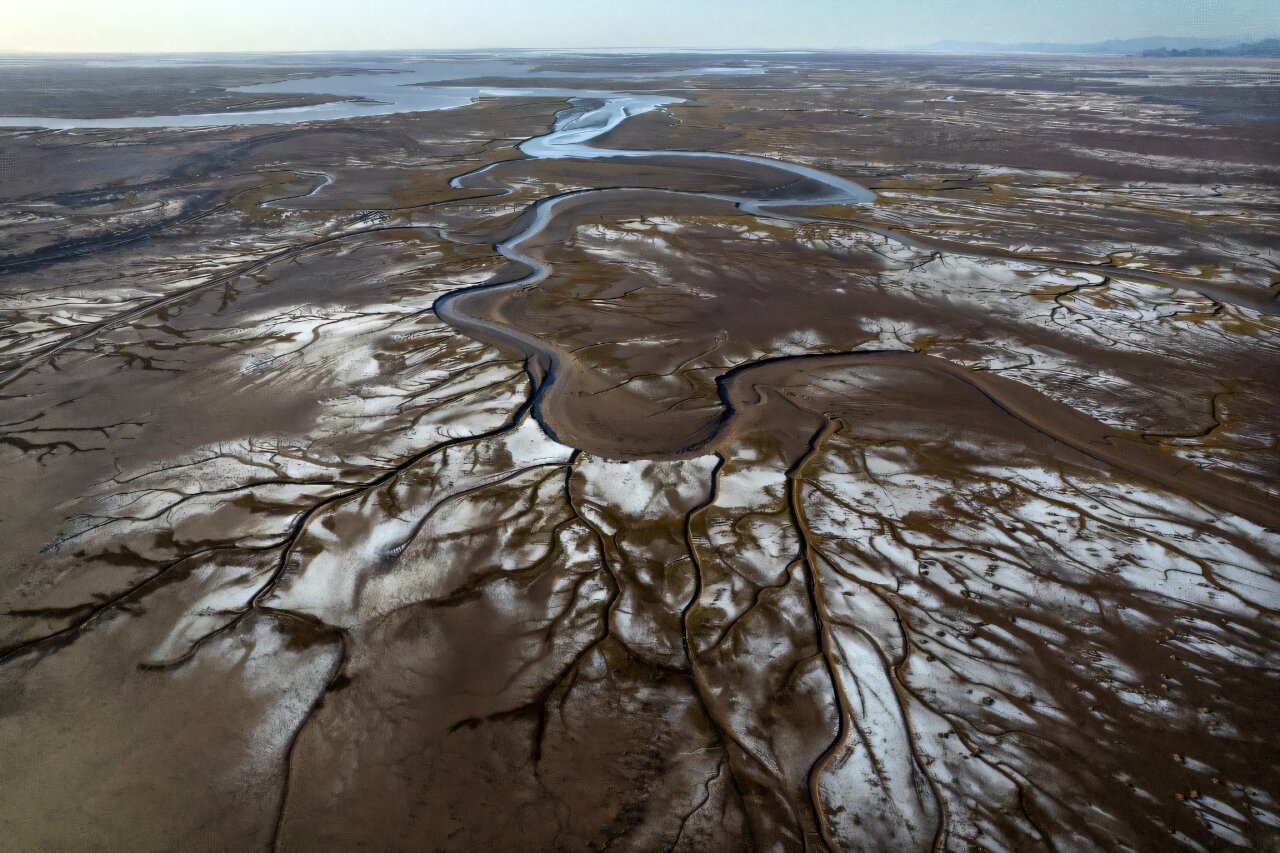
And perhaps there is a lesson for humanity here as well. Just as rivers branch, merge, and adapt to their environment, we too are part of a larger network — of ecosystems, communities, and the planet itself. Observing these patterns encourages us to move with awareness, to respect the paths of least resistance, and to understand that even the smallest tributaries contribute to the richness and vitality of the whole. In nature’s design, every branch, every stream, and every choice has a purpose.